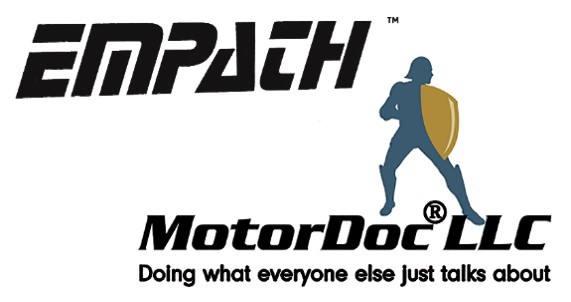The EMPATH™ family of Electrical Signature and Motor Current Signature Analysis (ESA/MCSA) systems go well beyond analyzing electric motors, generators and wind turbines. It provides prognostic and time to failure estimation (TTFE) capabilities for AC/DC electric motors, synchronous machines, servo motors, machine tools, generators – including utility scale, and transformers. Not only will it identify the electrical and mechanical defects of these machines, but also the incoming power and driven equipment by component. For wind turbines, for instance, we look at the transformer, generator, coupling, three stages of gearbox and planetary gear system, main shaft (14-20 RPM) and main shaft bearings, as well as blade alignment. This includes every bearing and gear, component of bearings, wye rings, winding stresses, failing capacitors in controls, resonance/sub-synchronous resonance, transformer ferroresonance conditions, and far more, including the losses (in kW) across each defect. Yet, in all of this capability, it is often overlooked that the EMPATH line of systems are also power analyzers and data collectors that meet revenue grade 0.2/0.5/1.0 (determined as required) for power studies. The ECMS-1 and ECMS-32 are often more accurate than the utility meter providing billing information related to your facility.

Because of the flexibility of the ECMS-1 system, the one shown in Figure 1 is connected via fiber from the main switchgear located outside to a server closet over 1000 feet away. For security reasons, the system cannot be wireless and per site rules cannot be connected directly to the network. An HPE ML30 mini-server was set up at the other end (Figure 2) to collect, analyze, and alert conditions via email and requires no in-plant supervision or IT resources. The first condition detected was a loose connection on one of the nine transformers connected to the switchgear.
It is important to note that utilities do not normally allow such connections. In this case, as the utility is a user of EMPATH systems already in their facilities (nuclear and windpower), the decision to be able to connect at this location was quickly approved. The EMPATH systems are nuclear-grade analyzers and prognostics systems.



The application of ECMS units across multiple motors or transformers is unusual, but doable when the systems are identifyable. Another 96 machines within the facility are being connected through three ECMS-32s for energy, condition monitoring, and Time to Failure Estimation (TTFE) analysis should defects be detected.
The ROI based on the first fault detection (above) of the ECMS-1 covers the project.
For more information on EMPATH data collectors and ECMS continuous monitoring systems contact us at info@motordoc.com.

You must be logged in to post a comment.